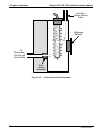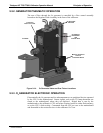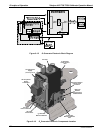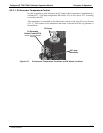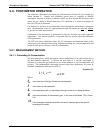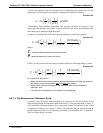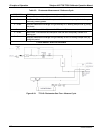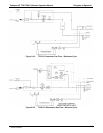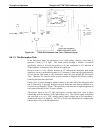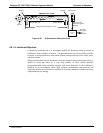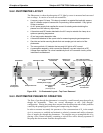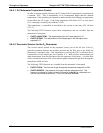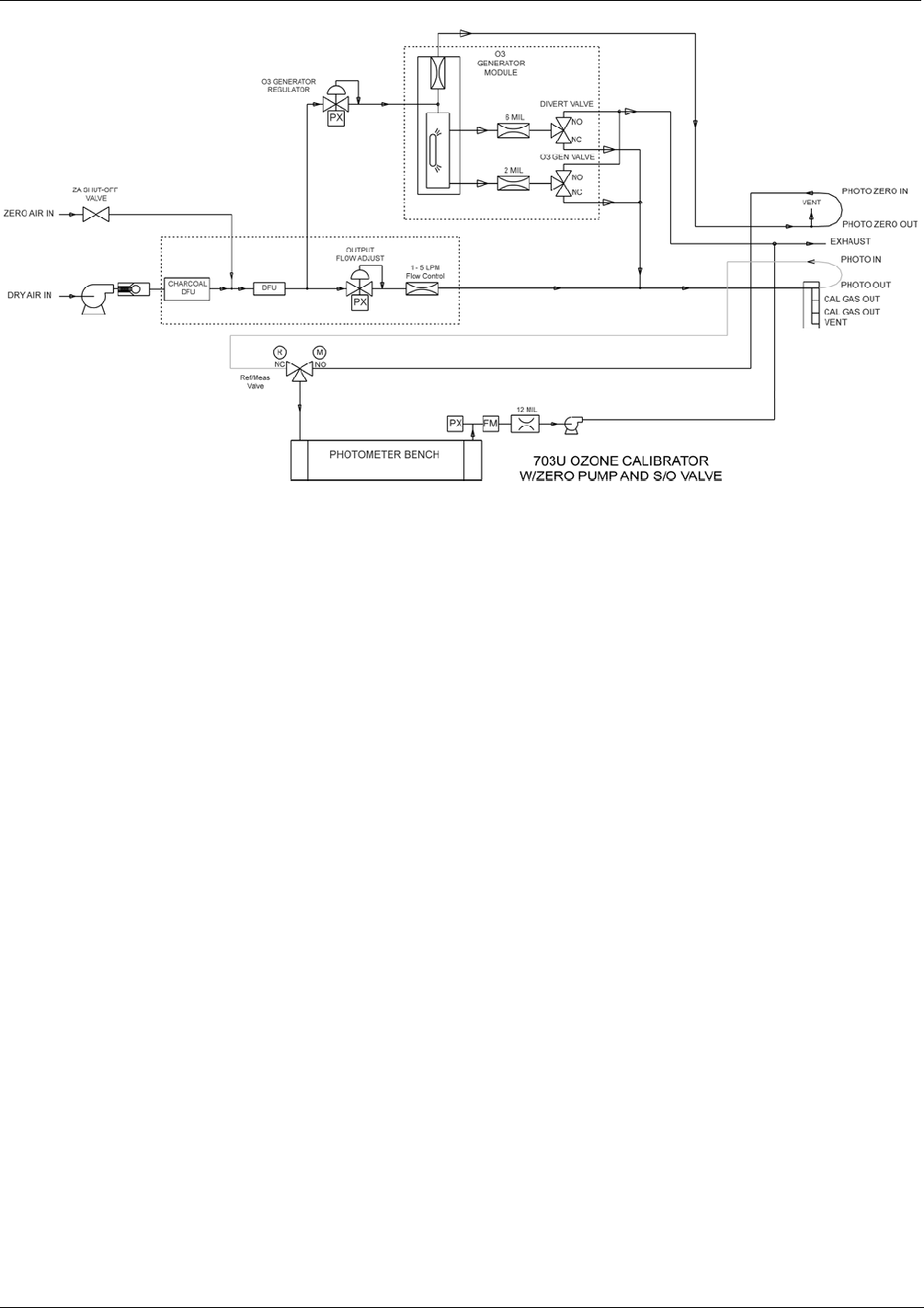
Principles of Operation Teledyne API T703/T703U Calibrator Operation Manual
214
Figure 9-21: T703U O3 Photometer Gas Flow – Reference Cycle
9.6.1.3. The Absorption Path
In the most basic terms, the photometer uses a high energy, mercury vapor lamp to
generate a beam of UV light. This beam passes through a window of material
specifically chosen to be both non-reactive to O
3
and transparent to UV radiation at
254nm and into an absorption tube filled with sample gas.
Because ozone is a very efficient absorber of UV radiation the absorption path length
required to create a measurable decrease in UV intensity is short enough (approximately
42 cm) that the light beam is only required to make one pass through the Absorption
Tube. Therefore, no complex mirror system is needed to lengthen the effective path by
bouncing the beam back and forth.
Finally, the UV passes through a similar window at the other end of the absorption tube
and is detected by a specially designed vacuum diode that only detects radiation at or
very near a wavelength of 254nm. The specificity of the detector is high enough that no
extra optical filtering of the UV light is needed.
The detector reacts to the UV light and outputs a current signal that varies in direct
relationship with the intensity of the light shining on it. This current signal is amplified
and converted to a 0 to 5 VDC voltage analog signal voltage sent to the instrument’s
motherboard where it is digitized. The CPU to be uses this digital data in computing the
concentration of O
3
in the absorption tube.
07223C DCN6572



